new on bbs
(I asked subscribers via chat which they wanted first: pistachio or oreo and… ↓)
No Bake Pistachio Cheesecake
Creamy pure pistachio no bake cheesecake made from a homemade pistachio paste and housed in an oreo pistachio crust.
but also…
No Bake Chocolate Cheesecake
Creamy no-bake cheesecake made with dark chocolate that stays smooth but sets up firm in the fridge with a firm mousse like texture.
No Bake Baklava Cheesecake
Creamy vanilla no bake cheesecake made with a baklava shell: endless layers of syrupy sweet crispy phyllo and two layers of sweet and salty ground nuts.
No Bake Cashew & Oreo Cheesecake
A layered no bake cheesecake made with cashew butter in the style of oreo icebox cake: layers of creamy, tangy & salty nutty filling interspersed with chocolate sandwich cookies. Covered in chocolate ganache.
From the June Archives
2024: Simple Strawberry Cake (option to layer with either a strawberry reduction or fresh berries)
2023: Mint Chip Ice Cream (churned but there’s a no churn section on the page)
2022: Blueberry Rhubarb Bars & Strawberry Rhubarb Muffins
2021: No Bake Cheesecake with Chocolate Ganache
2020: Small Batch Monster Cookies (makes six!)
2019: Swirled Chocolate Bread (challah based, chocolate & vanilla)
a baker’s review
“I’ve made these a few times for parties and gatherings and they make the perfect light tea snack, I never have to take any back home with me! I’ve also made this recipe gluten free two different ways to appease different crowds and really didn’t notice a difference! Once with KA 1:1 GF flour, and once with an almond shortbread crust that works great as well.” Sophie on Blueberry Lemon Bars
weekly reads
“Kosher salt’s migration to home kitchens started in the late ’90s, when the Food Network became a cultural force. Its big crystals suddenly had an added benefit: They look great being pinched out of a saltcellar and flung around on television, or at least better than table salt does being juddered out of a shaker…. As television turned chefs into celebrities, their fans began trying to emulate them at home. At the same time, recipes, like the rest of media, were moving online, and their tone was changing. Older cookbooks, [Chris] Morocco told me, assumed a lot of knowledge on the part of their readers: “Recipe language was very terse. They were not really holding your hand too much.” Online, recipe writers had unlimited space, a broader potential audience, and a business imperative to build a relationship with their readers. So their guidance became chattier and more descriptive, designed for a home cook who was eager to learn—and who could hold recipe developers more immediately accountable, yelling about bland soup or bad bakes in the comments section.” The Great Salt Shake-Up: Why has kosher salt replaced table salt in American pantries? The Atlantic.
“The other extreme of the restaurant cookbook genre makes its common ground from more apparently common stuff. It assures readers that culinary professionalism was never the goal or the source of good tastes, even (especially) for culinary professionals. Instead, these books promise, chefs want to go home, to their family kitchen, which is where they began. It is no accident that the restaurant chefs who put together books of this type tend to be women, people of colour, or both; nearly a decade ago now, in his essential study The Ethnic Restaurateur, Krishnendu Ray pointed out how cooks of non-European descent are confined to a narrative of familial authenticity even if they run successful food establishments and boast culinary degrees.” The Paradox of the Restaurant Cookbook, Vittles.
a baker’s note: on ai food blogs
This week I came across two videos from food creator Nick Anderson in which he discusses AI food blogs he found via pinterest (thank you Anita for sharing his videos to your stories). After a few hours of digging into it myself, I now want to talk about it with you; how easy it is to find ai blogs and how and tell them apart from blogs with real humans behind them.
→ There is the view that AI can be helpful to creators and businesses (if we can put aside its disastrous environmental impact that is) and while there may be merit to that argument, today I’m focusing on this: that there is a real person who used chatgpt or similar bot to generate images, text, and recipes, a profile, and a photo of a fake person; and they do not disclose this to readers. Instead they present themselves as real people and their recipes as tried, trusted and tested when they are anything but.
To start, I’d like you to do a little exercise with me: open up a tab and go to Pinterest. In your search bar type “strawberry cake”. I chose this term because we’re in peak strawberry season and I figured it would have a high search volume. Results might be slightly different for you but these are some of the pins that appeared in my first 60 seconds of scrolling. Just by looking, I had a hunch they were ai: Heavenly Strawberry Layer Cake, Decadent Strawberry Chocolate Cake Recipe, Velvet Strawberry Cheesecake, Strawberry Italian Cream Pound Cake, Delightful Charlotte Au Fraise, Luscious Strawberry Ice Cream Cake, Strawberry Cake with Cream Cheese Frosting, Strawberry Celebration Cake, Strawberry Lemon Cake, and Irresistible Strawberry Cake for Every Celebration.
At first glance you might be able to tell that the photos are AI generated; for some there is a little “ai modified” button at the bottom that hovers (but only for three of those listed). If not, look closely: often the two photos stacked do not match. The layers of the dish might be different, the slice of the cake varied, the coating, topping or trim. This isn’t a real person who made a cake and took several shots of it, this is a result of doing something like this (I used Gemini for this):
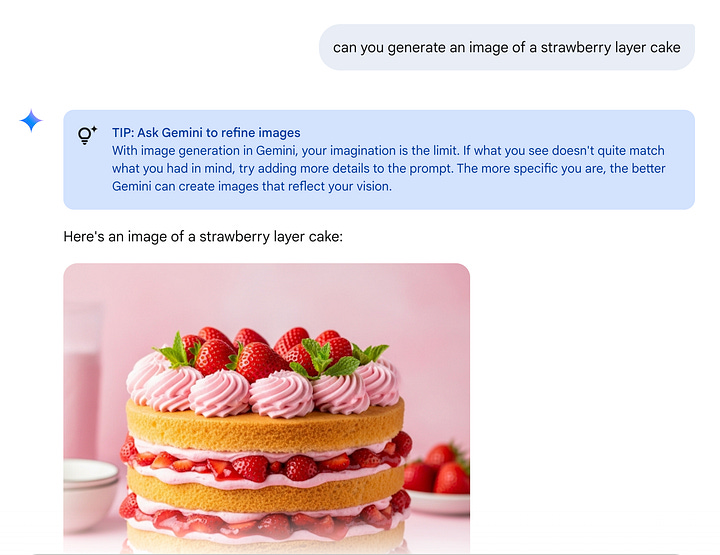



Note that every cake is similar at first glance, but actually quite different when you pay attention to the details.
→Before we navigate to the blogs themselves, I suggest you turn on an ad blocker, more on this in a bit.
I went over the ‘heavenly strawberry layer cake’ on my insta stories earlier this week so I’ll tackle another blog now but they all have very similar themes and telltales of ai. Let’s look at “Decadent Strawberry Cake Recipe” which does not have ‘ai modified’ notice on the pin nor two images stacked like the rest. If you click on the link to the recipe you’ll see Audrey welcoming you in the far right column. There’s an image of a cake that is different than the one you initially clicked on (this has one layer of strawberries and the fork is missing most of its fourth prong; the ganache now coats the sides). Scroll down to see two layers of berries in the cake but it’s still not the same cake as the pin we clicked on because the ganache covers its sides. The third photo is the one you clicked, but now it’s bigger and you can see that the cake in the focal point (the clearest) is actually different from the one in it’s background and the slice off to the side, which both have pink layers.
Now let’s pay attention to the text: because ai is trained on existing content, which means long time food bloggers and publisher’s websites, it’s following a format that is very similar to generate the text. It starts with an intro in which the (often ridiculous) title of the recipe is named in the first sentence (when I was learning about seo many years ago this was always emphasized as best practice). This one has the recipe first and then other sections like, “tips”, “variations” and a FAQ, which in theory is supposed to help readers with varied needs. It has a section on nutritional information and health benefits, in which every sentence is generic and reads like it was written by a mindless machine (esp the bit where it tells you to swap whole wheat flour into the “decadent” cake for more fiber…).
From what I’ve seen, most ai blogs have been created this year or at the tail end of last year; the earliest dessert recipe from “audrey” is a cheesecake posted in January, and while it does have more varied photos (some step by step - although they show different toppings from each other and from the recipe listed) it also literally says, “introduction” and “conclusion” and, (lol): “[Relevant Image of: A close-up shot of a mousse cheesecake topped with a shiny glaze, garnished with fresh berries.]”.
Another from hers: Rainbow Deviled Eggs which has 120 ratings although you can read absolutely none of them as there are no comments. Every photo of the eggs is different but, just in case you were doubting Audrey, she mentions her grandmother (this is another thing I see on ai blogs, there’s always a tidbit about their grandma - no doubt in an attempt to make the blog more real and relatable).
A bigger telltale: browse the recipes and check the dates. This blog has seven pages of ‘desserts’ listed (with about 10 recipes listed per page) and the earliest is dated January. That is sixty “dessert” recipes in about five months (12 per month) in just one category; you’ll find the same in all nine of her recipe category pages. Even if we assume that some recipes might fit into more than one category, that means 20-40 recipes were published a month. It is humanly impossible to create and test that many recipes in a month, unless you have a team working full time.
Another blog which is very similar to the one I showed on stories: Charlotte au Fraise. On the recipe page ‘passionate Hannah’ welcomes you, the second paragraph says something like “imagine” or “picture this”, the first photo is a completely different cake than the second photo, and at one point it randomly starts talking about ‘overnight oats for a healthy start’. The text includes a section on ‘the cooking process’ when nothing is cooked, and a ‘reheating’ section when… well it’s a mousse cake isn't it!
Also, the ad settings on some of these blogs are atrocious; my plugin tells me it blocked around 40 ads/popups per page (I tested the blocker on my own strawberry tart page: 14 ads blocked in total). When you see ads it means the blog qualified for an advertising agency to work with them because it met the minimum pageviews a month (thanks to clicks from Pinterest). Essentially, they are getting an income by using chatgpt (or one of it’s cousins) to generate photos, text and the recipes themselves, all while using a fake persona.
That list I shared above of the Pinterest results? Note how many there are in such a short search session; that’s how easy it is to come across this content. I want to emphasize this: these recipes are not tested by a real human. It might work (the bots are scraping blogs and mining content from existing recipes to generate theirs after all) but you won’t know that until you’ve tried it and wasted your time, money, and effort. This is why it’s important to know how to distinguish a truly tested food blog from a fake one. Once you review a few of these blogs you’ll more easily spot the phony patterns and be able to dodge them. Hopefully as more people get wiser to their ways, they’ll be less of a nuisance to us.
sam





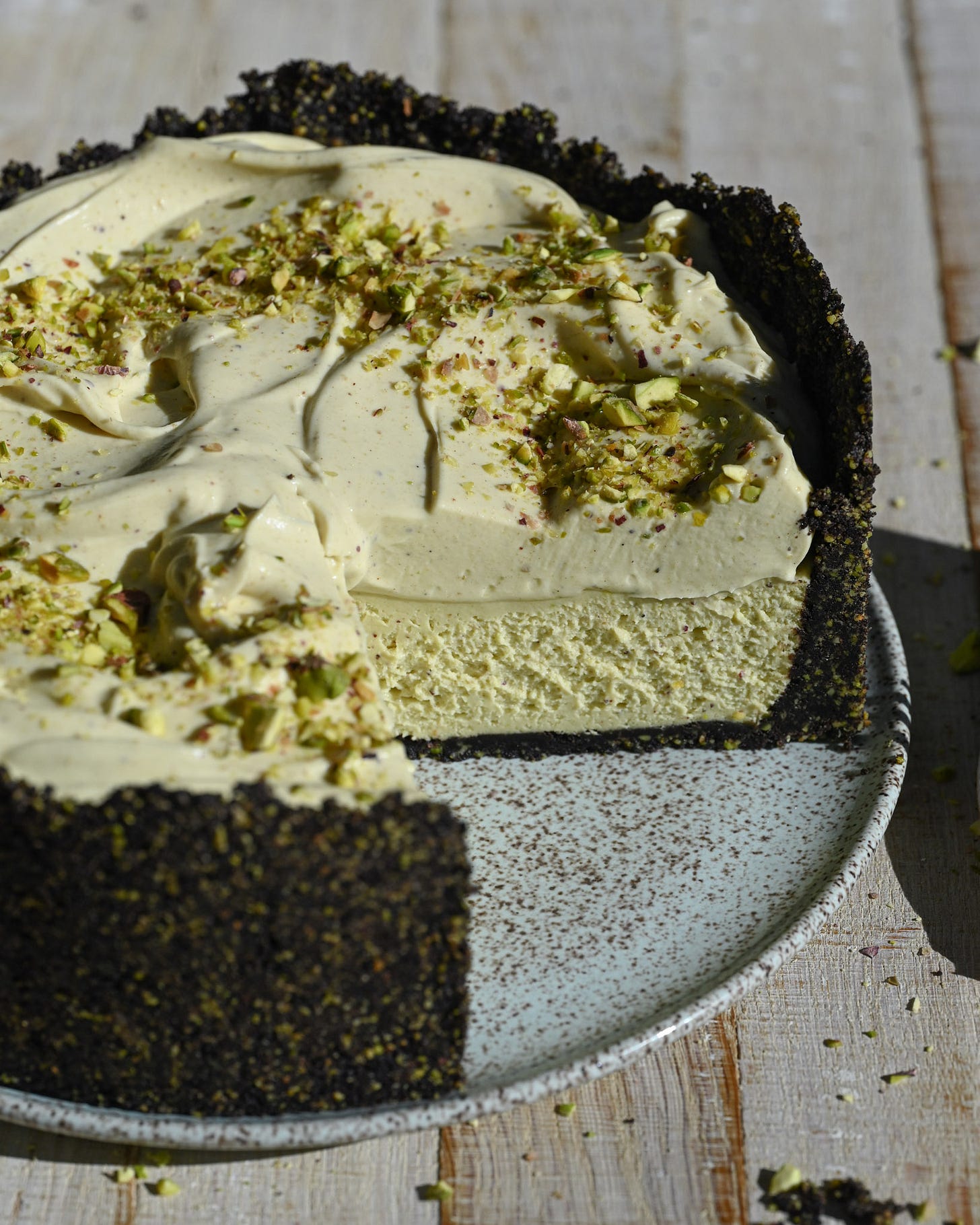
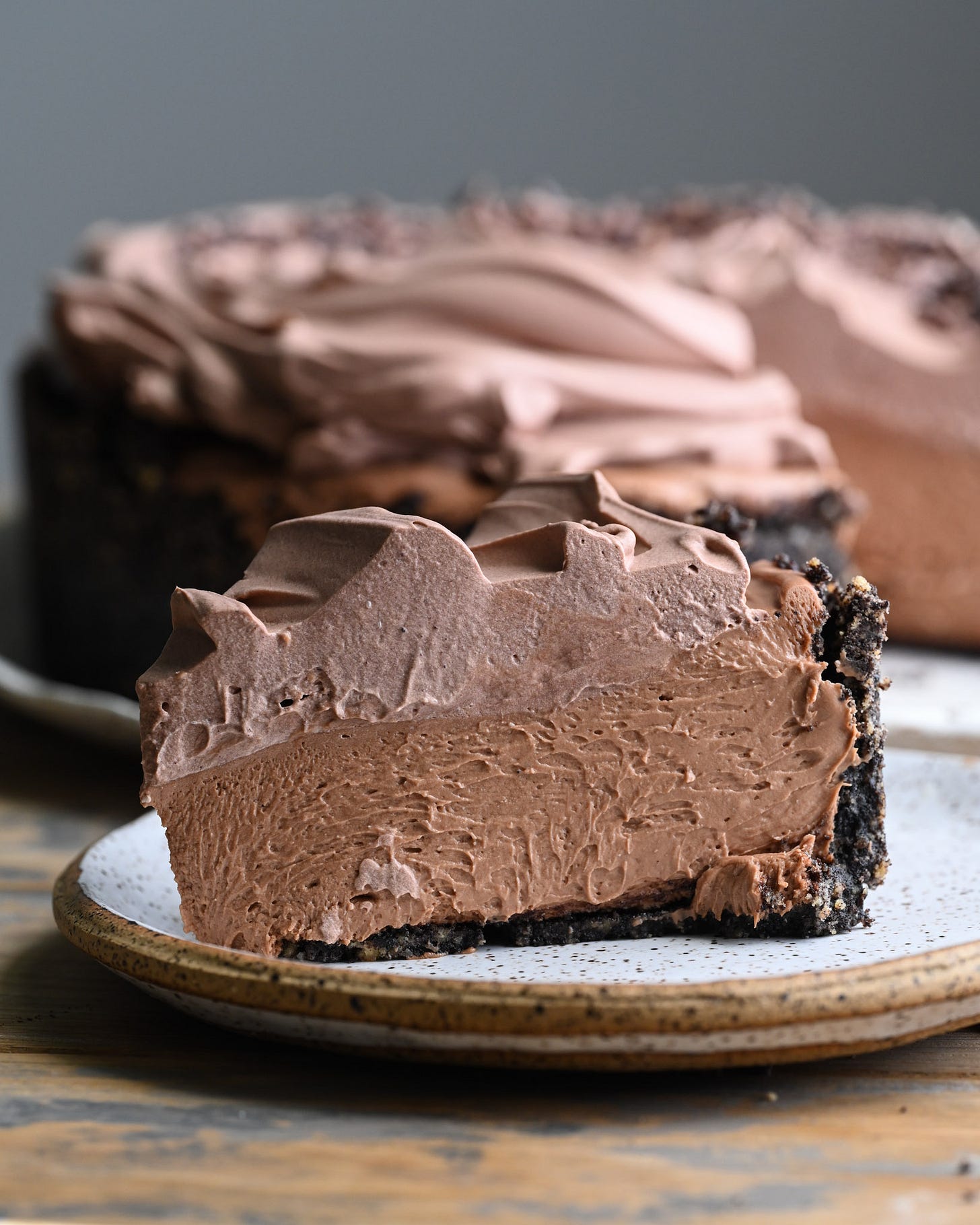
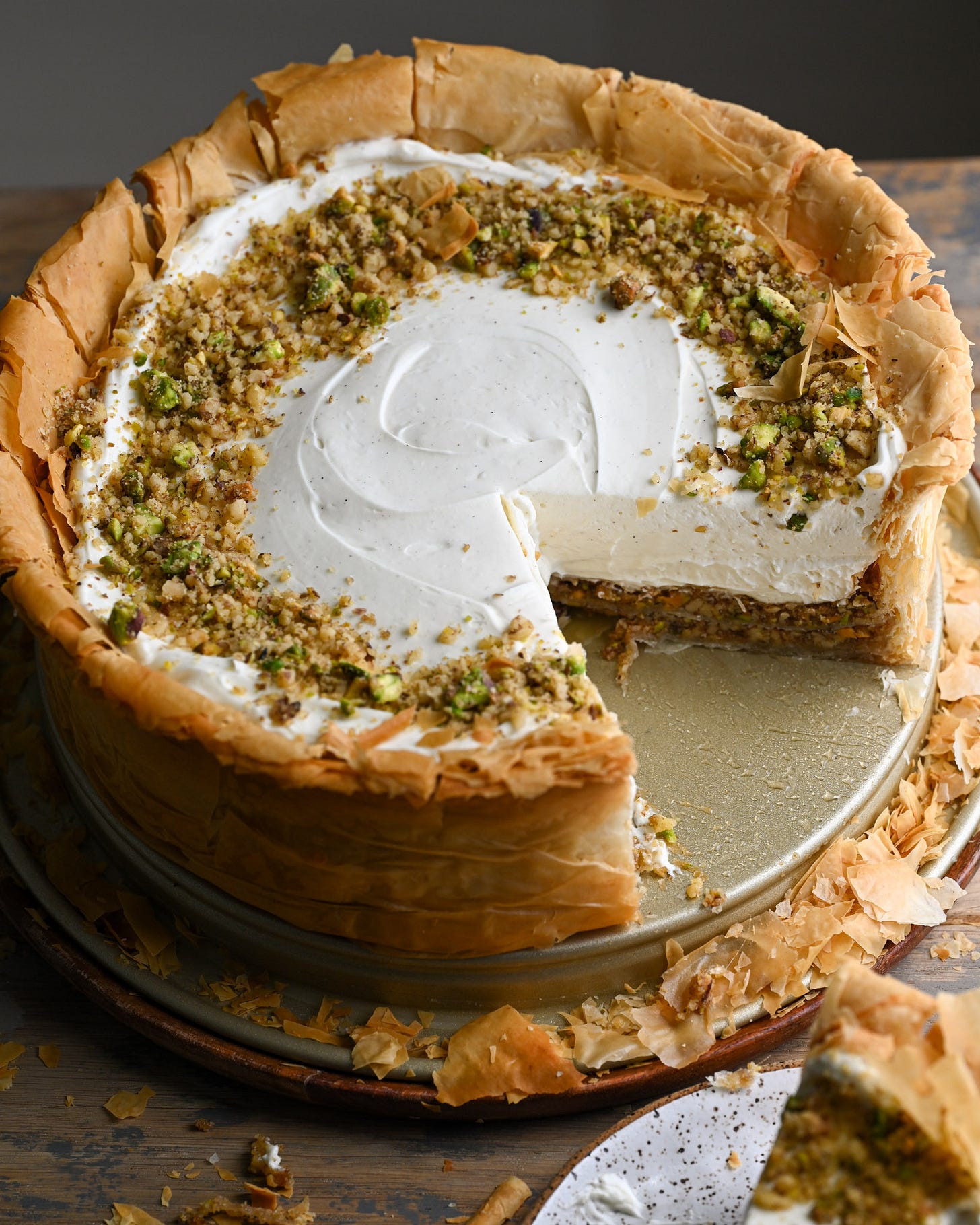

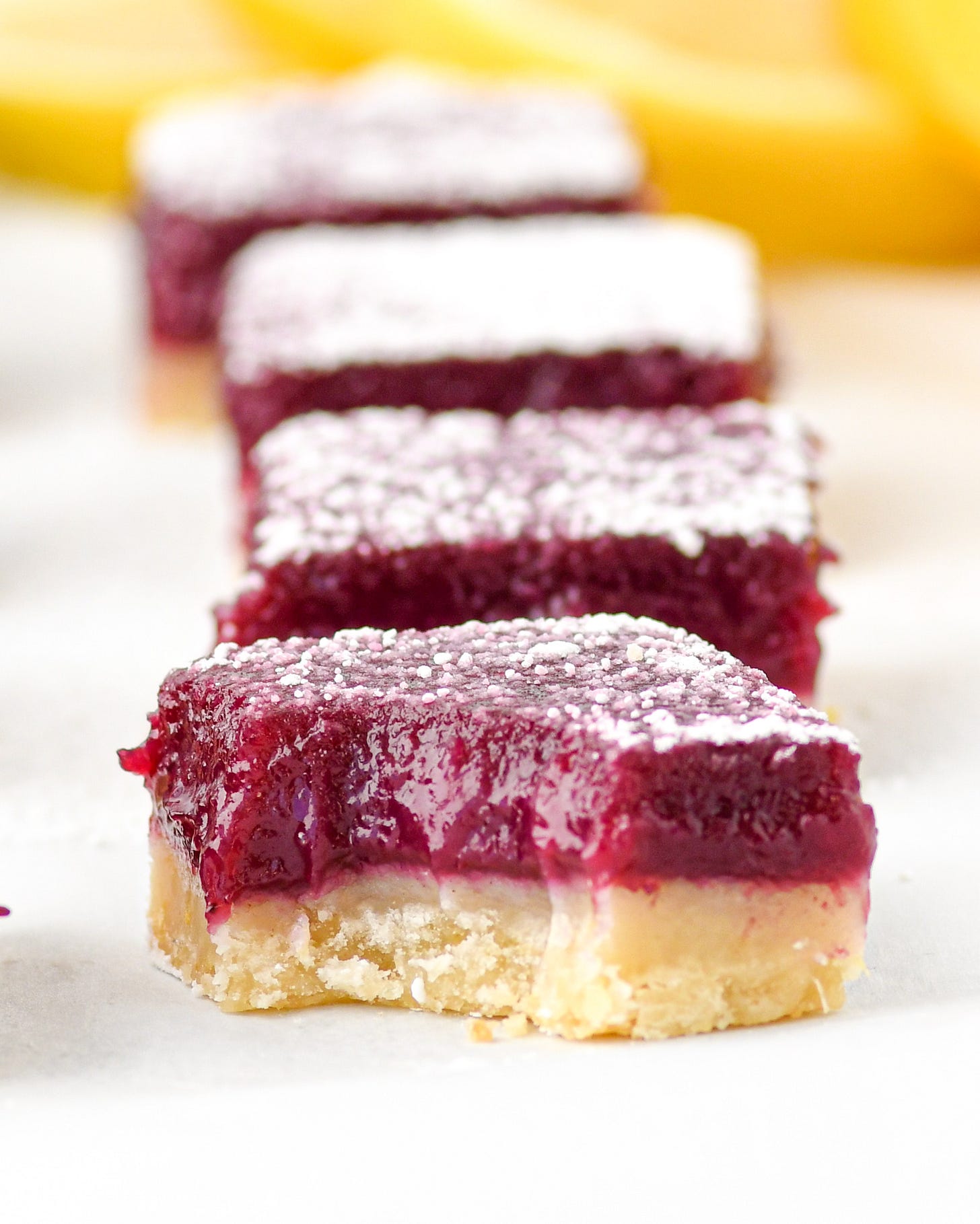
That is wild. I hadn't considered that we are at a point where people are blithely creating whole blogs and websites around that kind of generated content. Thanks for doing the deep dive, Sam!
I’m really happy you’re addressing this topic of AI.
I just had an experience with that today when I made some cream cheese stuffed lemon muffins. Once I got my crap detector going I realized that there was no way what I was doing was going to look anything like the photo.
I have a lot of friends that are artists who are in a lot of distress over this and I think we should all be expecting regulatory structures to be designed such that we know what we’re looking at and we know where it came from.
It’s really sad to be on social media and watch people ohh and ahh over things that do not exist. So thanks for speaking up about that. It was very enlightening to read your experience with the searches.
The pistachio cheesecake sounds fabulous and we’re huge fans here! Will be trying it!
Lee